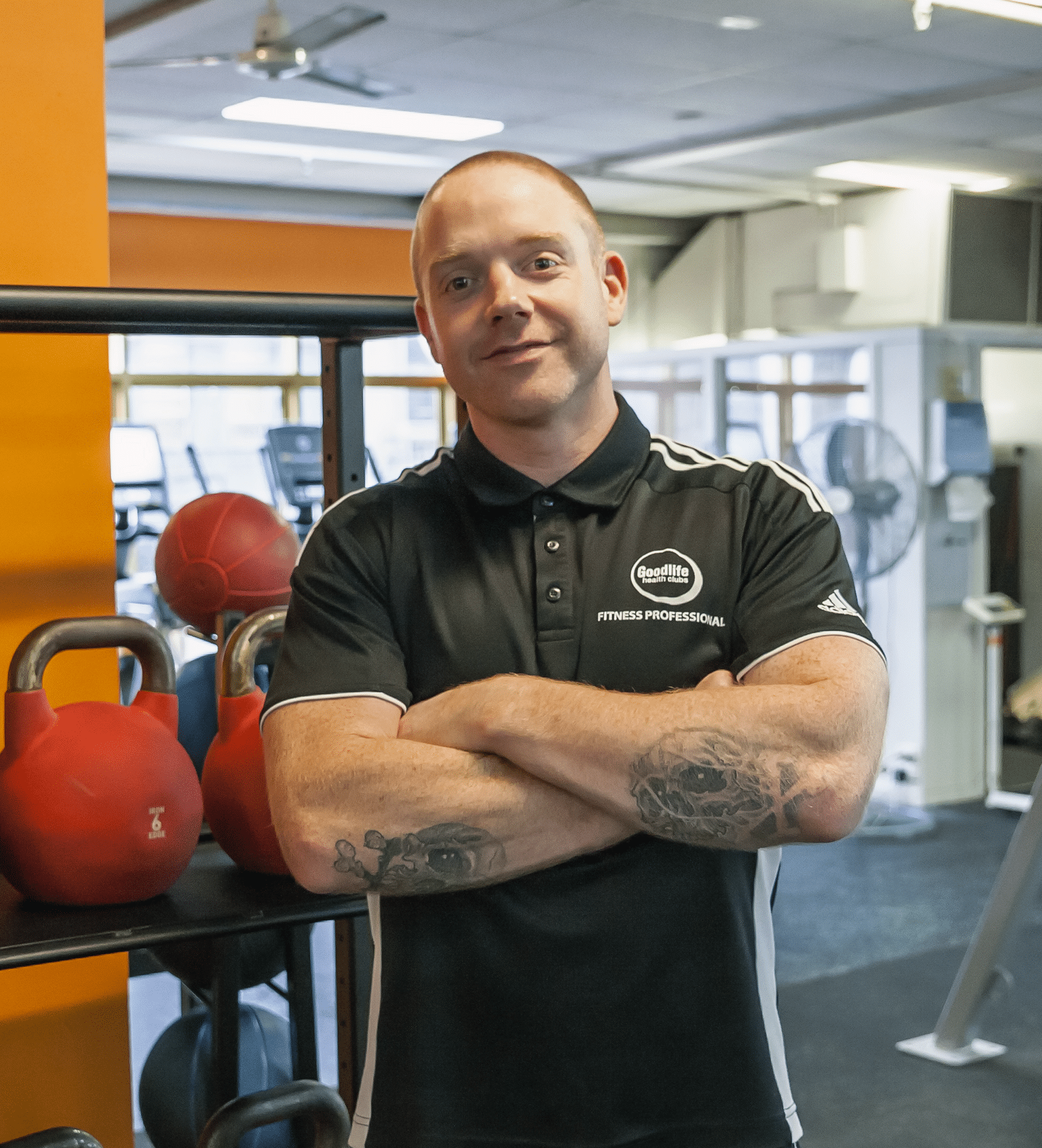Foam rolling, or the fancy way of saying it – self-myofascial release (SMR for short), has become one of the biggest trends in the health and fitness world today. Almost everywhere you go there will be someone promoting some new SMR product or method. But should you foam roll/ SMR? In this article, we’ll take a look at a few things you need to know.
It’s easy to get caught up in the message of “ use this product, or this method, and we’ll help you live a pain free life and you’ll move like you’re some type of jungle cat”, when you have all these fit and muscular looking people promoting the next big muscle soothing invention. However, it isn’t as simple as just grabbing the next hottest trending item (looking at your massage guns) and simply smashing the daylights out of your muscles. There’s a lot of technique and science that goes into trying to improve your body’s ability to move. That’s why, for such a long period, myofascial release was virtually only reserved for professionals like massage therapists or physios.
So if you’re planning on entering into the world of “rolling” let’s look at a few things first:
1. What issue are trying to solve
2. What is the tool you are using to solve your issue
3. Do you know the process for solving a tight muscle
1. What issue are you trying to solve?
Now, this may seem obvious but if you want to start rolling and releasing your muscles, you need to know the how and why. As mentioned before it’s not as simple as grabbing the first thing you see and going to own on your muscles. You need to know what your issue is and make a plan to solve it.
Eg: You have a tight lower back – going in and just foam rolling or buzzing a massage gun over it won’t fix the issue. Now don’t get me wrong, it can certainly help alleviate the discomfort you’re feeling and make it feel better for a time, but it won’t be a cure to the problem. This is because most of the time people don’t know why their back is “tight” in the first place and (this might raise a few eyebrows) just loosening a muscle won’t fix a problem.
So let’s take a look at the first point:
Knowing your why – your back can be “tight” for many reasons, so simply rolling it into oblivion can be fruitless, counterproductive and in some cases, it can make it even worse. In some cases, your back can be “tight” because your hips are actually the problem, or even you have one leg shorter than the other (through a muscle discrepancy), so just loosening the back muscles won’t change anything because there is a structural issue that will cause the back to stay “tight”. This is because the muscles in the body don’t operate independently like originally thought but more so in a series of systems and “slings” as shown below
This means it is vital to get yourself assessed to know the actual root cause of why something feels “tight” or sore, which will give you a much better chance of addressing the issue and improving how you move and feel.
2. What tool(s) are you using to solve your issue?
This might seem obvious but knowing the tool you are going to use to help solve a tight/problematic area is extremely important as not all tools are created equal, and not all tools can fix every issue. Some are more tailored and best suited to certain areas and issues.
For instance, trying to foam roll out the lower back can lead to exacerbating an issue or even creating new problems due to the strain that is placed on the body to lie over the roller.
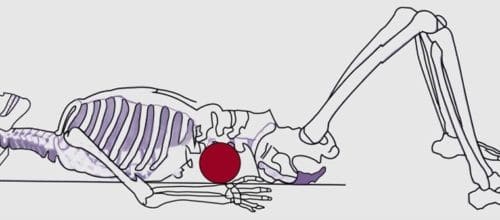
You see from the picture above, the foam roller is placed in the small of the back, and the chest laying over the top heading toward the ground. What this does is place unnecessary strain on the lower back due to the high bend that comes into the spine and pelvis from the weight of the chest lying towards the ground. This in turn can make your back even worse leaving you further in pain and even more confused about what to do.
What would be a better option to address a “tight” lower back muscle would be the Thera cane, or a massage gun if you have a partner with you.
The Thera cane as shown in the picture is able to reach around the body, into many different areas, and address each muscle in a much more pinpoint manner while allowing you to maintain full control of your body and not place any extra force and strain into joints and muscles by being in awkward positions.
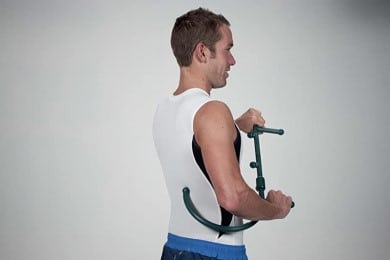
However, this said, if you plan on using things like a Thera cane or massage gun, please remember more pressure or force being applied will not necessarily mean you will have a greater release of a muscle. This is often a trap most people(and even some trainers) fall into, believing that if they do more, press harder etc, they will see a greater result. Whereas in most cases less is more!
3. Do you know the process for solving the issue?
As we touched on earlier, fixing an issue in the body isn’t as simple as grabbing the nearest tool and just going for it on a muscle. In fact, there is a particular process you should follow to really address a problem and see a long term change.
We’ll briefly discuss this below.
Firstly and most importantly, see a qualified professional such as a personal trainer (with the appropriate qualifications) and get a postural assessment done (click here to book in with us for your free assessment). This is the most important step because it will give you the necessary roadmap to creating a specific and tailored plan to address your particular issues.
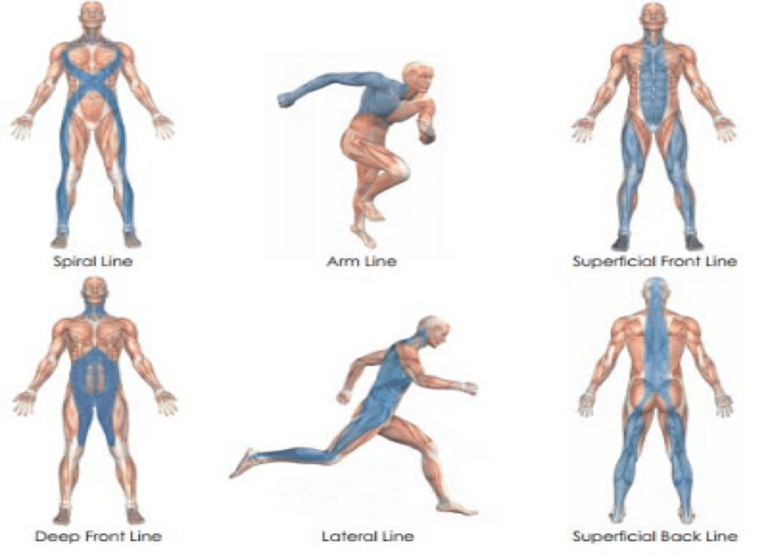
Secondly, you need to know what to loosen. This might sound strange but not all “tightness” is the same, in fact, there are very different types of tightness, each with its way of addressing the problem. You see you can have a SHORT and tight muscle eg: your pectoral muscle and you can have a LONG and tight muscle eg: your trapezius muscle. Now both muscles are “tight” but in very different ways and if you take the same approach to both of them, you will find that you are going to be stuck in the same constant cycle of discomfort and pain. For instance, with the pec muscle, if you just simply roll and or loosen the muscle, it will always stay short and tight because you haven’t done anything to address the length issue in the muscle. This is because rolling/loosening a muscle doesn’t create a new length or tension relationship in a muscle. It will certainly feel less painful/ uncomfortable for a period of time but just like taking a painkiller, the effects will wear off after a time because the muscle is still shortened. Whereas if you take the trapezius muscle and stretch it, because it feels tight, you are going to make that problem worse because you are lengthening the muscle even further placing it under more tension and strain.

Now the third part of the process is what muscle you need to lengthen. We just touched on this in the previous point with the pectoral and trapezius muscles. You need to understand what type of tightness you are addressing and whether you need to stretch that muscle (along with loosening it) to alleviate the discomfort you are in and put the body into a better postural alignment. Now just simply grabbing a muscle and yanking on it isn’t the answer either as there are different types of stretching, each with their benefits and advantages. So just like myofascial release, there is science and a lot of techniques you need to know about stretching to gain the best benefits which is why it is again best to see a qualified professional.
Lastly, you need to know what to strengthen and how. This might be a shock to some but a muscle may be tight because it simply lacks the strength and activation in that muscle to hold that part of the body in a particular position, which is why some people never really notice any benefits to just doing a myofascial release or lots of stretching. Sometimes it is strength that can be the reason as to why you are “always tight”
So you are probably wondering after all this, should I foam roll? The answer, put simply is yes, BUT there are many things to consider as mentioned throughout the article.
So if you want to address your root cause and not the symptom, move pain free and get the most results from your training plans, book a free postural assessment with us at https://beyondbest.com.au/ located down in Collingwood Vic and we will create a tailored roadmap guaranteed to have you feeling and moving like you never have.
